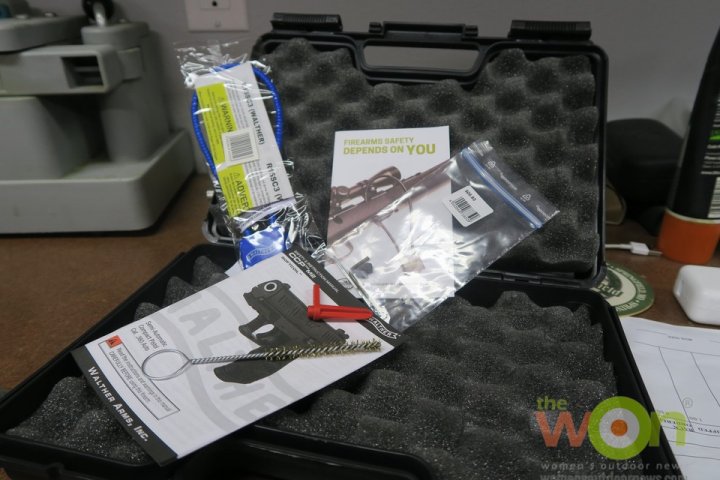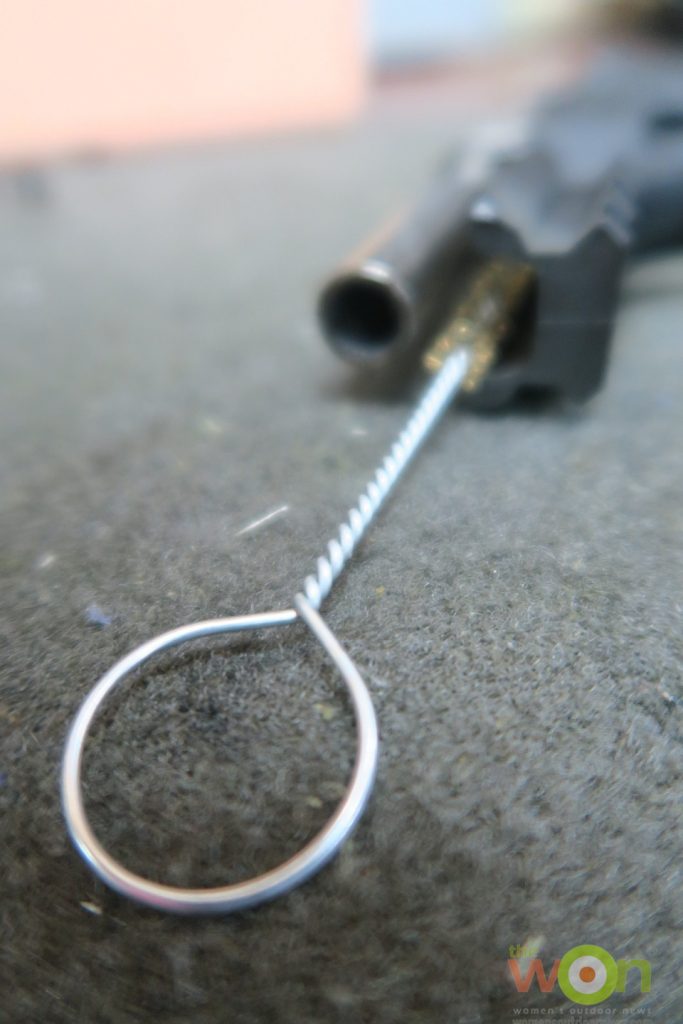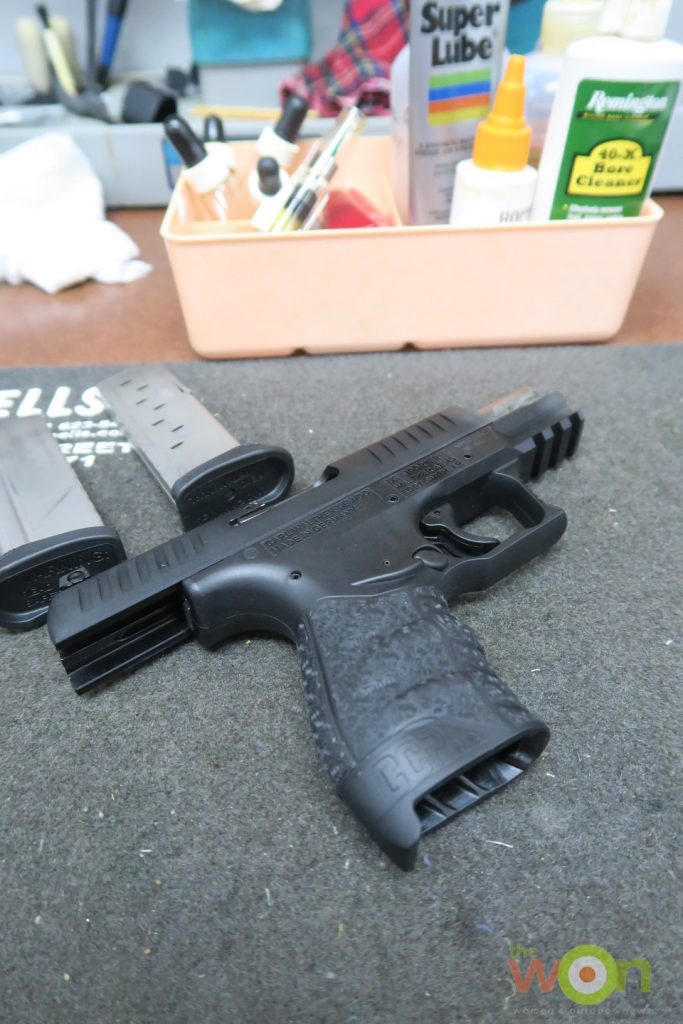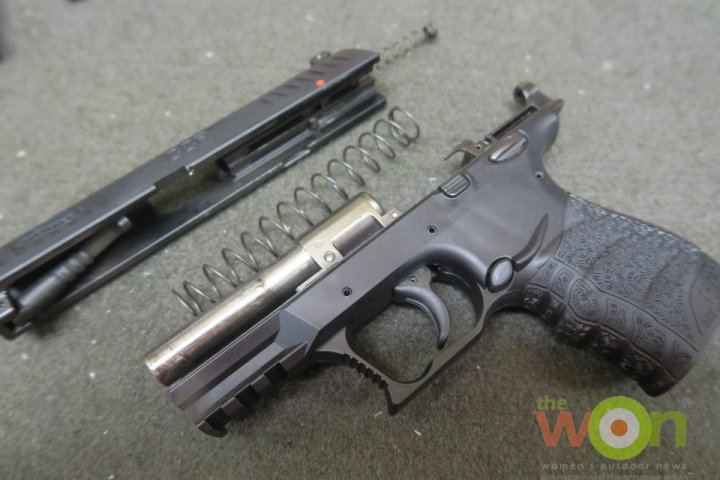We review a lot of guns here at The WON, and we urge our reviewers to do the following things with a newly purchased gun before they actually start shooting it on a range. We thought you might benefit from our practice and enjoy a successful first time out on the range with your new firearm.
Sponsored by Walther Arms
If you purchase a used firearm, please use these tips as well, but realize you might not get everything – such as a manual or extra magazine, sights, grips or chokes – with your purchase.

Check the manual and/or online to see what you should have received in the box with your new firearm. How many grips, chokes and other accouterments should be included with your purchase? You should always get a manual and a lock, too. If you don’t get a manual, you can request one from the company or download a PDF of the manual for your model.

Clear the gun in a safe direction before you do anything else with it. Do not keep any live ammo around your gun cleaning area.

Follow the manual’s instructions – or look at YouTube at a reliable and competent video, maybe even from the company itself – to learn how to disassemble your gun. Why? You need to check to make sure the gun has all the internal parts it’s supposed to have, too!
The manual should instruct you as to how to clean and oil your gun. Follow these instructions to the letter. Also, because manufacturers fire a test shot in every gun and since manufacturers oil guns up for shelf life in the desert, your new gun can come with a bunch of internal troubles if you don’t get it cleaned and wiped first. Excess oil can affect the performance of your ammo, as well.

Follow the manual’s order of assembly. Pay attention to how it all fits together and it will help you to understand what could be happening later on the range, especially if your gun malfunctions.
There are steps for each type of gun called safety checks. Your manual should also include this procedure after the assembly process section. Make sure you run through the proper steps to check your gun and to make sure that it works properly after you assemble it.
Most new guns come plastic bags inside the cases. Since you’ll be storing your gun responsibly and hopefully, in a climate-controlled area, do not bother to use the plastic any longer. In fact, the plastic can cause moisture to collect and remain on and in the gun. It’s only there for the journey of the gun to you.
For the next part of this series, we’ll feature how to choose ammo and drills for your gun’s first trip to the range.
Publisher/Editor Barbara Baird is a freelance writer in hunting, shooting and outdoor markets. Her bylines are found at several top hunting and shooting publications. She also is a travel writer, and you can follow her at https://www.ozarkian.com. View all posts by Barbara Baird